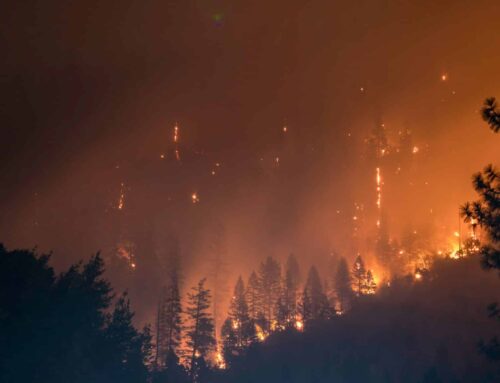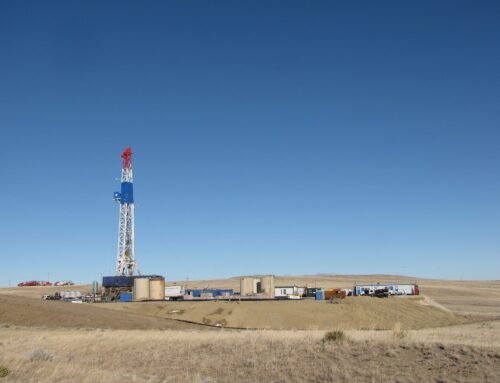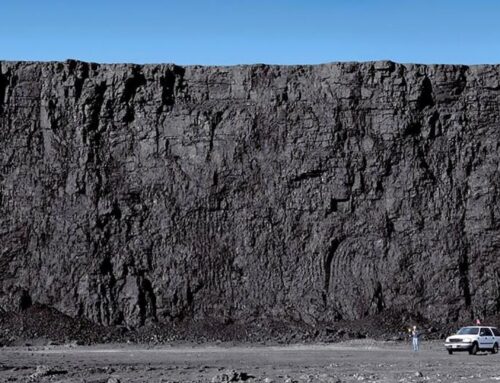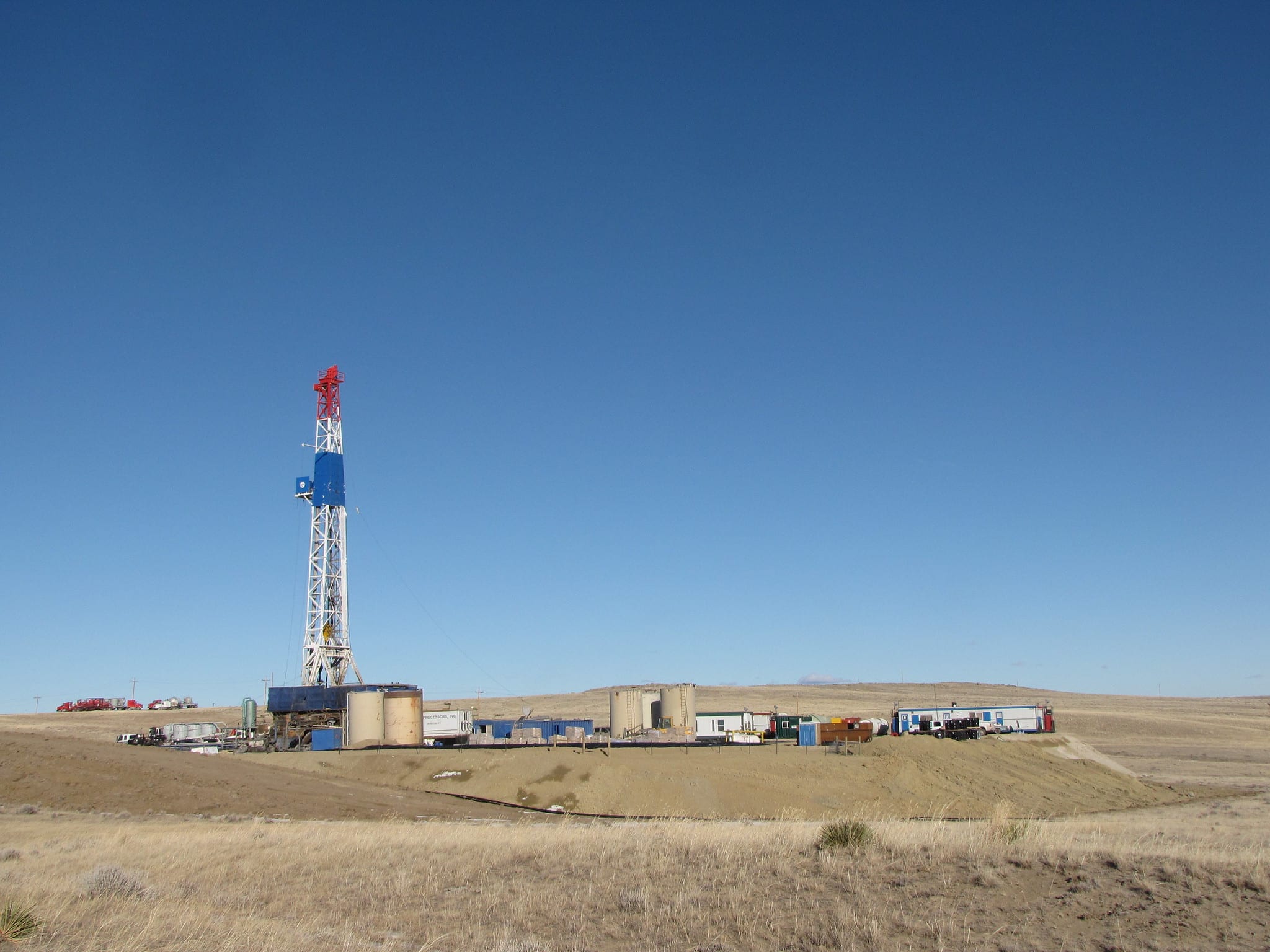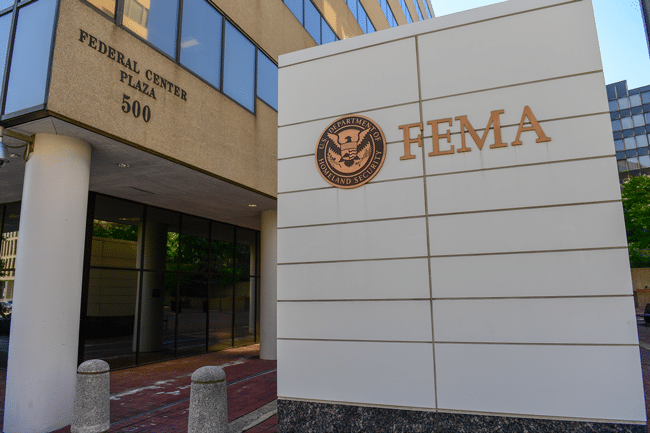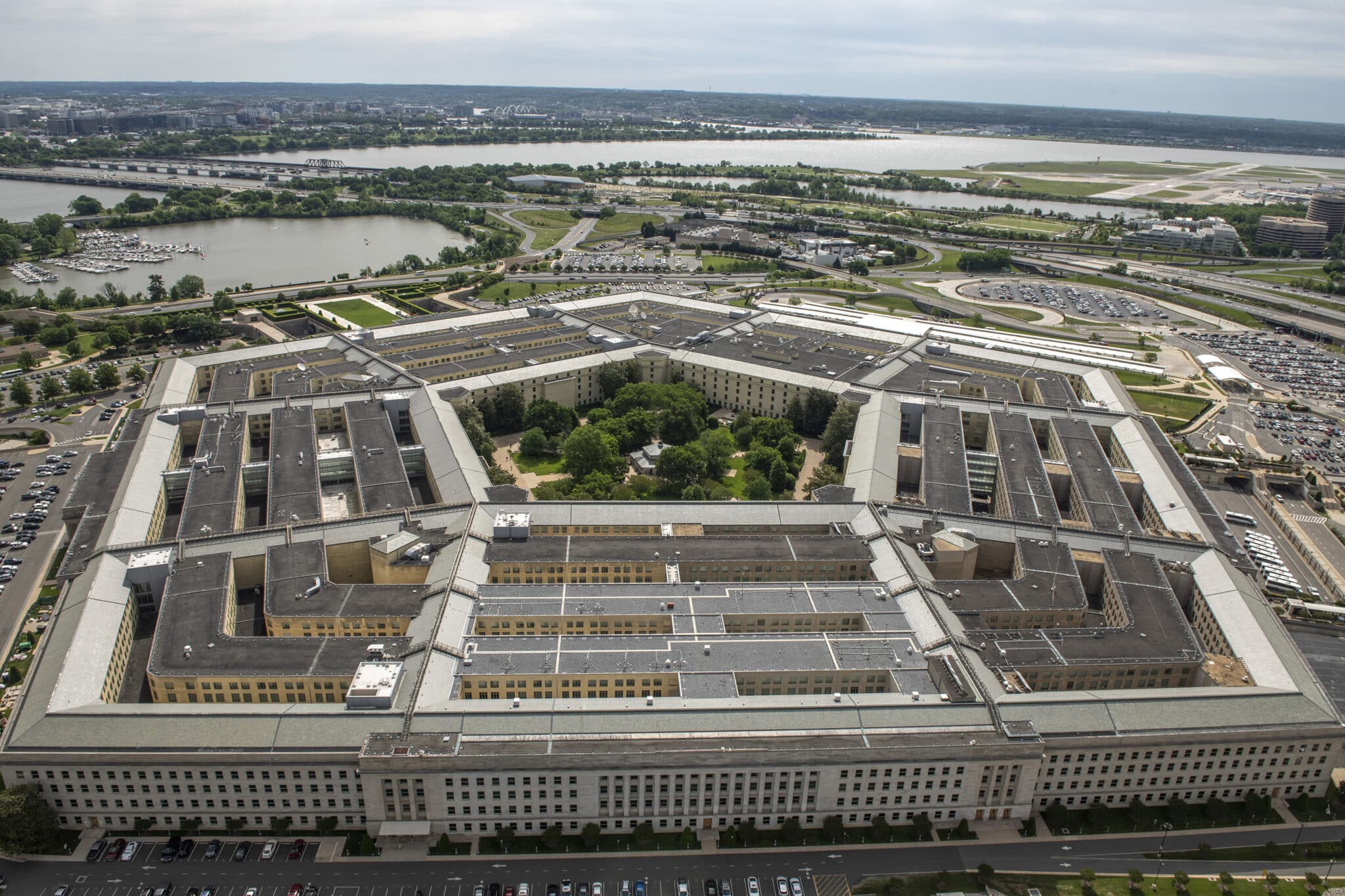On July 29, the Environmental Protection Agency (EPA) issued an interim final rule delaying compliance deadlines for its 2024 rule to reduce methane and volatile organic compound (VOC) emissions from the oil and gas sector. The delay is expected to result in 3.8 million tons of natural gas—worth an estimated $170 million—being unnecessarily flared, vented, or leaked instead of captured and sold.
For too long, oil and gas operators have been allowed to regularly flare (burn), vent (release), and leak billions of cubic feet of natural gas each year. This waste not only squanders a valuable resource, but also costs federal and state budgets potential royalty revenue and exposes nearby communities to increased health and safety risks.
The 2024 rule, "Standards of Performance for New, Reconstructed, and Modified Sources and Emissions Guidelines for Existing Sources: Oil and Natural Gas Sector Climate Review," marked a major update to U.S. methane policy. It established emission standards for new facilities and guidelines for state plans to regulate emissions from existing facilities. The rule required commonsense measures including:
- Monitoring at All Wells: Operators must routinely check for leaks at the well pad level and fix them promptly.
- Enhanced Leak Detection and Reporting: New requirements mandate repair of detected leaks within 60 days, with limited extensions of up to two years.
- Phasing Out Routine Flaring: Flaring is restricted to between 24 hours and 30 days for safety reasons, depending on well construction dates. Some exemptions apply to existing wells.
- Limits on Venting: Temporary venting is capped at 30 minutes for monitoring or tests and 12 hours during emergencies.
- Super-Emitter Response: EPA-certified third parties using EPA-approved remote sensing technologies (e.g., satellites) can report large-scale methane releases (100 kg/hr or more). Operators must investigate within 5 days and report findings to EPA within 15 days.
The original 2024 EPA rule also offered generous lead time: up to two years for new sources to comply and for states to submit plans for existing sources (due by March 9, 2026), followed by another three years for implementation of state plans. The new interim rule extends some of those deadlines—up to 18 months for new facilities and nearly a year for state plan submissions.
That delay comes at a cost. Every postponed requirement means more gas wasted, more revenue lost, and more pollution released. The longer EPA waits, the more taxpayers and communities pay the price.
The EPA's new interim rule sets the following delayed deadlines for new sources:
- 120 days to meet certain continuous monitoring requirements for flares and combustion control devices (by November 28, 2025).
- 1.5 years to complete performance testing on combustion control devices (January 22, 2027).
- 1.5 years to inspect and confirm covers and closed vent systems can capture and route gases with "no identifiable emissions."
- 1.5 years to meet certain equipment leak repair requirements.
- 1.5 years to comply with final zero-emission process controller standards.
-
- Existing sources that are modified also have 1.5 years to comply.
- 1.5 years to calculate potential emissions from storage vessels and determine whether they exceed thresholds requiring 95% emission reductions, using the methodology specified in the rule.
-
- In the meantime, operators must still assess potential emissions and establish thresholds, but may use alternate calculation methods.
-
- Existing sources with certain modifications also receive this extension (though some changes—like adding a vessel—don't qualify for the extension).
- 1.5 years to ensure flares and combustion devices maintain a continuous flame and have alerts for flameouts.
-
- Operators are still expected to ensure flares and combustion devices reduce emissions by 95%.
For existing sources, the new interim rule pushes the deadline for states to submit plans to January 22, 2027—a 10-month extension. EPA justified the delay by noting that states are "understandably taking more time than EPA initially expected." As of the announcement, 12 of the 21 states planning to submit a plan had yet to determine how they would implement the rule, and 18 had not shared substantial parts of their drafts with the agency.
The new interim rule also delays the Super-Emitter Program by 1.5 years to January 22, 2027. During that time, EPA will pause applications for approval of third-party remote detection technology—a crucial step in enabling outside monitoring of large-scale emission events. These super-emitter events, though relatively infrequent, account for a disproportionate share of methane emissions and are underreported in current datasets. Accurately reporting and quickly addressing these events is crucial in our efforts to reduce methane waste in the oil and gas sector.
Methane waste is a lose-lose-lose: it squanders a valuable energy resource, drains potential revenue from public coffers, and adds to health and safety liabilities for nearby communities. The 2024 rule relies on proven, cost-effective mitigation technologies already in use by industry leaders. Delaying its implementation only prolongs the waste—and taxpayers will be the ones left footing the bill.

